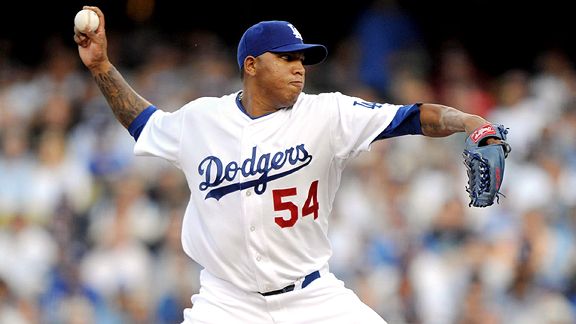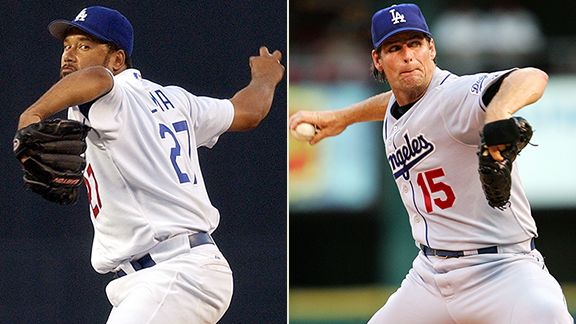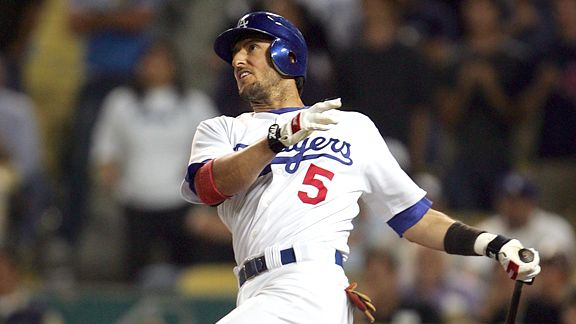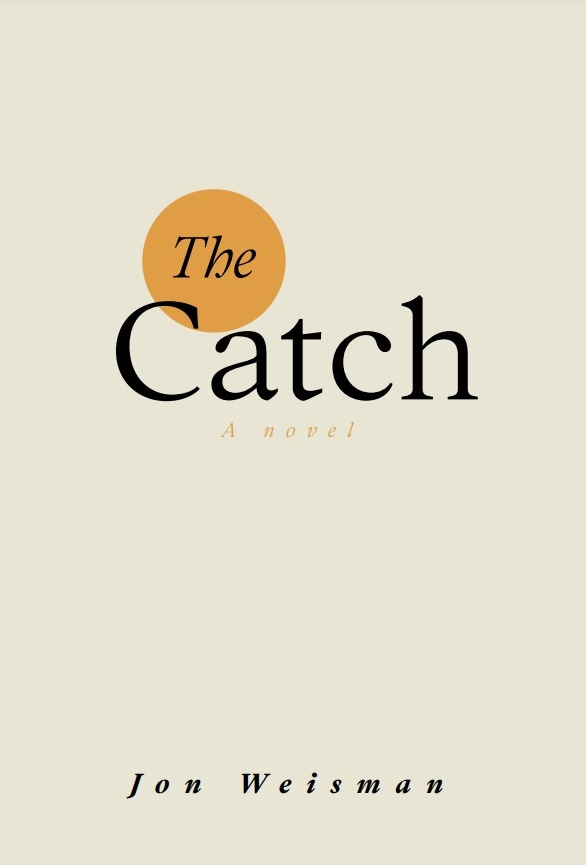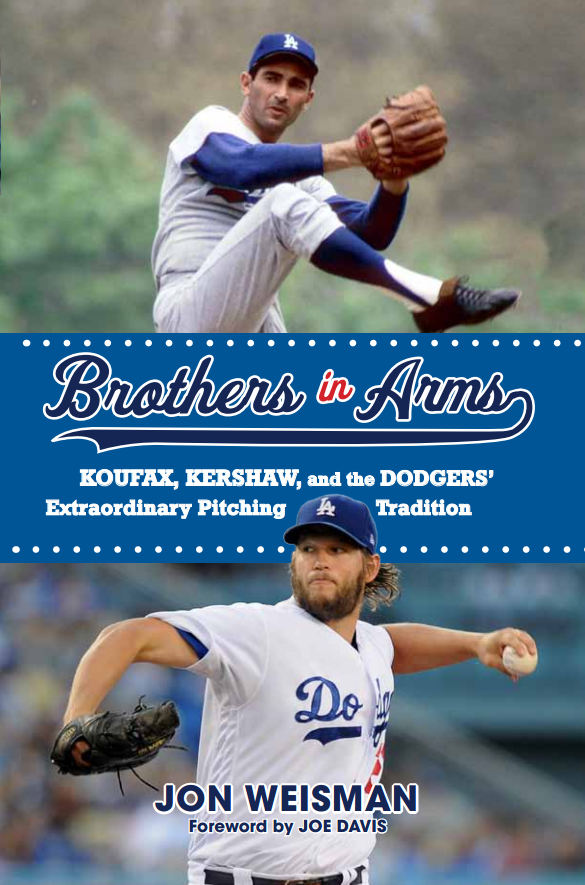All this time we had been preparing for baseball’s J.D Salinger to show up. But the moment he first appeared before us, it was Grace Kelly. With maybe a touch of Lincoln thrown in.
Grace and wisdom, in the flesh. Sandy Koufax was here on Earth (Earth being the Nokia Theater in downtown Los Angeles), at once mortal and ethereal. He came to talk Saturday night – talk only about a meaningless game and a person who played it – and yet for as long as people had been waiting to hear him, he might as well have been revealing the secrets to the universe.
As Koufax pointed out, he is not the recluse he is made out to be. “I don’t know that I’ve dropped out of sight,” he told interviewer T.J. Simers in his slightly raspy but congenial voice. “I go to the Final Four year after year (not in disguise) – I wear a jacket and jeans. I go to golf tournaments. I’ve been to Super Bowls. I’ve been to Dodger Stadium. I go to dinner every night; I go to movies.”
But if he’s not in hiding, he’s not holding press conferences either. And so the audience hungered for each and every word he spoke, like ballpark kids for drifts of cotton candy.
There were distractions – some more tolerable than others. It was not just a night for Koufax – it was a night also for Joe Torre, whose Safe at Home Foundation (combating the damage of domestic violence) was the reason Koufax agreed to the interview. It felt at times like an intrusion when questions were directed at Torre, because we’ve all seen so much of Torre. But Torre was quite interesting, thoughtful and entertaining in his replies – providing a useful reminder of how improbable his own success has been in overcoming an abusive father.
And then of course there is Simers, who wears irreverence on his sleeve in neon, and sometimes teased Koufax, just as he did when he interviewed Vin Scully and John Wooden on this stage in 2008.
But we did get our answers. As Simers himself suggested, we did separate fact from fiction. And Koufax was happy to share with us.
We learned that although many of us have think of Koufax as gentle, particularly in contrast to his partner-in-arms Don Drysdale, we were wrong.
“It sure as hell isn’t ‘gentle,'” Koufax said of how he would describe himself, “especially playing the game. Competing to me is being the last man standing. It has nothing to do with kicking water coolers. That’s ego-massage.”
Koufax was asked about a rare incident in which he was accused of hitting a player (Lou Brock) on purpose, and when the story was related to him and it was said he told Brock he was going to hit him intentionally, Koufax said that was all wrong. He never said anything like that to Brock – before hitting him intentionally.
“If you’re gonna hit someone,” Koufax maintained, “you never tell them.”
And while choosing not to talk in detail about the frightening day that Giants pitcher Juan Marichal hit Dodger catcher Johnny Roseboro with a bat, Koufax denied that the game-winning homer Willie Mays subsequently hit off him came because Koufax had become too cowed.
“Willie told me later he was sure I wouldn’t throw inside,” he said. “But that had nothing to do with it. He’s Willie Mays.”
“Nobody could hit Willie,” Koufax added. “You could throw at him all day, but you couldn’t hit him.”
Koufax spoke with similar respect for Hank Aaron. When Torre wondered aloud about the seven batters Koufax walked intentionally in 1963 when his ERA for the year was 1.88 – saying that “those seven guys must be in the Hall of Fame” – Koufax joked, “He is.”
But on this night, no one had greater stature than Koufax. In case you thought it was all hype, just a case of history rolling a snowball downhill, there was an absolutely stunning moment.
As a surprise special guest, the Dodgers flew in from Spring Training the pitcher who has drawn more comparisons to Koufax than any Dodger, Clayton Kershaw. When Kershaw came on stage, Simers had him compare the size of his hand to Koufax’s. The 6-foot-3 Kershaw held out his palm, and when Koufax’s met it, Koufax’s fingers extended jaw-droppingly farther. Koufax has finger extension like Scully has a vocabulary.
Combined with a serene poise, you understood what made Koufax so great. He even corrected Scully’s famous description during the ninth inning of his 1965 perfect game that the Dodger Stadium mound might be the “loneliest place in the world.”
“No, I had eight people on my side, standing all around me,” Koufax recalled. “While a perfect game is important, we were in a pennant race in September. We were leading, 1-0, and we had to win.”
Koufax also found himself accompanied by another friend in that ninth inning – the knowledge that he was at the pinnacle of his talent – this time corroborating Scully, who said that the night was the only time in his six-decade career with the Dodgers that he sensed in the first inning that a pitcher had no-hit stuff.
“There are times when everything is right,” Koufax said. “I don’t know if I’ve ever had better stuff or better control than I did in the final two innings of that game.”
Koufax acknowledged the years prior to the 1960s when it didn’t always come so easy. Without pointing fingers, he said he “wasn’t pitching often or pitching well … I’d go warm up in the bullpen, and I’d hear an echo” of the guy warming up in preparation to relive him.
“Really encouraging,” Koufax said.
He thought with more frequent work, he had a chance to become a better pitcher sooner. But following the 1960 season, he prepared to walk away from the game.
“I just tossed (my gear) in the garbage can and went home,” he said.
But he was back the next spring.
“First, I worked that winter and found out it wasn’t a lot of fun,” he remembers. And then he made it to Vero Beach for Spring Training in 1961, and longtime Dodger clubhouse man Nobe Kawano handed Koufax what had been in the trash.
“Nobe said, ‘I thought you might need these,'” Koufax remembered with fondness.
Koufax also noted that as a bonus baby who earned more the moment he signed his first contract then some Dodger regulars earned all year, he faced resentment from his teammates in his younger days. There were two exceptions: pitching coach Joe Becker, and Jackie Robinson. In particular, Koufax said that Gil Hodges “didn’t want to have much to do with me.”
“I got a $14,000 bonus, and I was 19 years old,” Koufax said. “I was invited to every poker game. … (but) I wasn’t really welcome in that clubhouse.
“Jackie and Joe Becker were two guys who really went out of their way to try to make it okay. … But after I won my first game, Gil and his wife Joan became as good friends as I ever had.”
The real turning point, according to Koufax, came when Hodges, near the end of his great career as a Dodger first baseman, was managing the Dodgers in a split-squad game. The Dodgers were short on pitchers, and Hodges put a finger in Koufax’s chest and said, “You’re going eight innings today.”
On the trip to the game, Koufax and his roommate, catcher Norm Sherry, had the conversation that prompted Koufax to try not to throw so hard. Koufax said he walked three in the first inning, but got out of it and pitched no-hit ball for those eight innings. The legend was about to be born.
From 1962 to 1966, Koufax pitched 1,377 innings with a 1.95 ERA and 1,444 strikeouts. He started 176 games and completed 100. But he said that the cascade of arm trouble that would ultimately end his career at age 30 originated not on the mound, but as a baserunner, when he landed on his elbow while diving back into second base on a missed bunt by Junior Gilliam.
He didn’t think anything of it at first, but after his next start, his arm filled with fluid “and stayed that way all of 1964.” The Dodgers talked about giving him extra rest during the 1965 season, but it never happened. Instead of pitching every fifth day, he was pitching every fourth day, and then every third day. He won Game 7 of the 1965 World Series on two days’ rest, throwing 132 pitches in a three-hit, 10-strikeout shutout.
Ignoring the irony that the ’65 season was nearly Koufax’s last, Simers used the story to mock today’s pitchers who think a “quality start” is six innings. And Koufax didn’t argue at first, saying that in his mind, “a quality start is shaking hands with the catcher.”
But in the next moment, Koufax indicated he understood the modern approach.
“I think longevity plays a big part in (pitch counts),” he said. “I don’t blame ’em.”
Back then, Koufax pointed out, it was different.
“You didn’t win, you didn’t get a raise,” he said.
Memorably, Koufax and Drysdale held out before the 1966 season for more money, with no leverage other than early retirement. But Koufax said it was easier for him, because he had already decided to hang ’em up by the end of ’66, and so at most he was risking one year of his career. Drysdale was risking much more. Ultimately, the players came to terms, and Koufax finished his Dodger career with a 27-9, 1.73 season, before holding that final press conference.
In front of what might have been the largest crowd to hear him speak until tonight, a stoic Koufax announced his farewell.
“There was emotion. I wasn’t happy about it. But there’s no crying in baseball,” he concluded with a laugh.
Koufax laughed plenty on this night – he seemed utterly at peace with himself and his place on the stage, literally and metaphorically. This was not an uncomfortable person. This was not a recluse. This was a happy man.
“My grandfather just felt time was the most important asset you had,” Koufax said. “As you get older, I’ve developed the habit: Spend your money foolishly and your time wisely.”
Sandy Koufax has a considerable legacy, but to it we can add this: Sandy Koufax loves life.
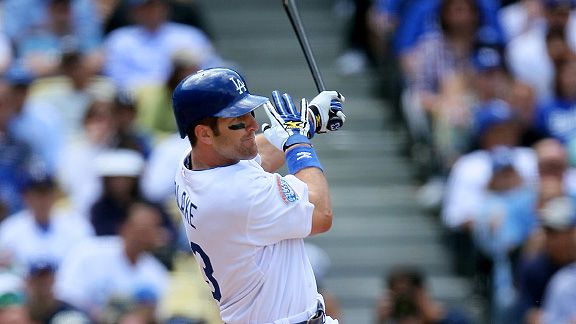
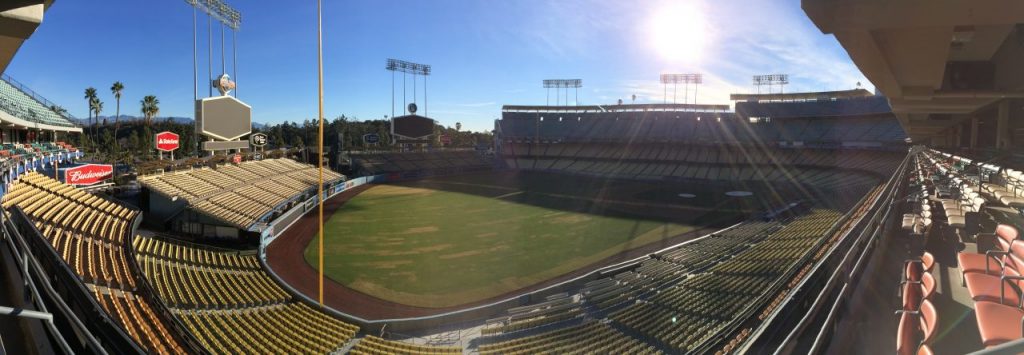

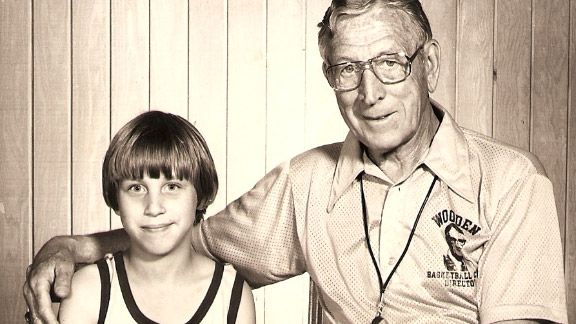
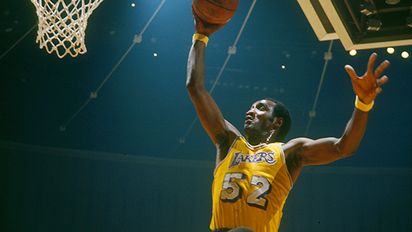 George Long/WireImage/Getty Images
George Long/WireImage/Getty Images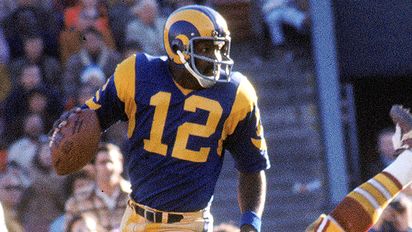 Nate Fine/Getty Images
Nate Fine/Getty Images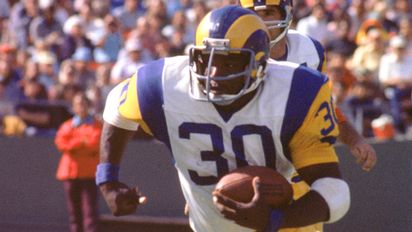 Martin Mills/Getty Images
Martin Mills/Getty Images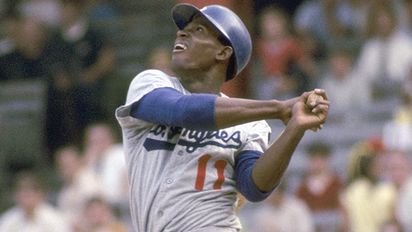 Diamond Images/Getty Images
Diamond Images/Getty Images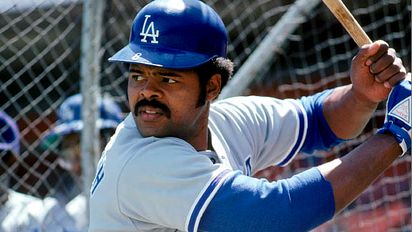 Michael Zagaris/Getty Images
Michael Zagaris/Getty Images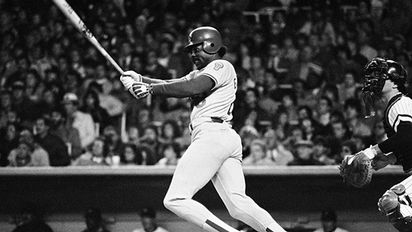 AP
AP